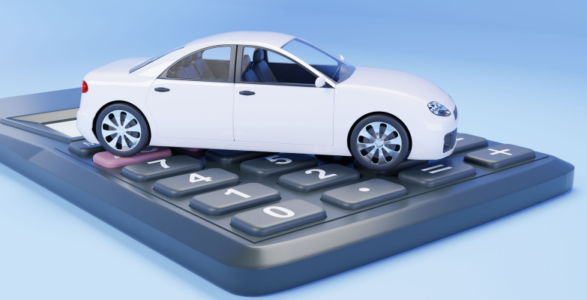Essential Car Maintenance Tips
Published 14 March 2025
Keep Your Lease Car in Top Condition
Leasing a car comes with many benefits, but it also comes with certain responsibilities, particularly when it comes to keeping the car in top condition. Maintaining your lease vehicle properly not only ensures that you enjoy a smooth, safe driving experience but also helps you avoid extra charges for wear and tear when it’s time to return the car. Here are some essential car maintenance tips to keep your lease car in excellent condition.
1. Regularly Check Fluid Levels
Keeping the fluids in your vehicle at optimal levels is crucial for the car’s overall performance and longevity. Here are the key fluids to keep an eye on:
- Oil: Regular oil changes are vital to ensuring your engine runs smoothly. Check the oil level regularly and change it as per the manufacturer’s recommendations.
- Coolant/Antifreeze: This fluid prevents the engine from overheating. Make sure the coolant is at the correct level to avoid engine damage.
- Brake Fluid and Transmission Fluid: Both are essential for safe braking and smooth gear shifting. Regularly check these levels to avoid performance issues.
2. Maintain Tyres for Safety and Performance
Tyres play a key role in both your safety and the performance of your car. Here’s how to keep them in top shape:
- Tyre Pressure: Low tyre pressure can reduce fuel efficiency and cause unnecessary wear. Check your tyre pressure regularly (ideally once a month) to ensure optimal performance.
- Tyre Tread Depth: Tread depth is important for grip, especially in wet conditions. Measure your tyre tread regularly and replace tyres when they are worn out.
- Tyre Rotation: To ensure even wear, get your tyres rotated regularly. This helps prolong their life and ensures they perform well throughout the life of your lease.
3. Replace Worn-out Windshield Wipers
Clear visibility is essential for safe driving. Over time, windshield wipers can become worn and less effective at clearing rain, snow, and debris. Make sure to replace your wiper blades if they begin to streak or leave areas of the windshield uncovered. This simple step ensures safety during adverse weather and helps maintain the vehicle’s condition.
4. Check and Replace Air Filters
Your car’s air filter plays an important role in maintaining engine efficiency and fuel economy. Over time, air filters become clogged with dirt and debris, which can reduce performance. Check the air filter regularly and replace it as needed to ensure your engine is breathing properly and your car continues to run efficiently.
5. Keep Your Car Clean
Regular cleaning of your vehicle not only helps keep it looking great but also protects it from damage. Here’s what to do:
- Exterior: Wash your car regularly to remove dirt, grime, and road salts that can cause rust and other damage over time. Waxing the car can also help protect the paint.
- Interior: Clean the interior of your vehicle to avoid wear on seats and upholstery. Regular vacuuming and wiping down surfaces will prevent dirt buildup and extend the life of your car’s interior.
6. Regularly Check Your Brakes
Brakes are one of the most crucial safety components of your car, so they should always be in top working condition. If you notice any unusual sounds, vibrations, or difficulty stopping, have your brakes checked immediately. Regular inspections and timely replacement of brake pads will keep your car performing at its best and help avoid safety issues.
7. Monitor the Battery
A healthy battery is essential for starting your car reliably. Over time, batteries can lose charge or corrode. Check your battery’s charge level regularly and clean the terminals to prevent corrosion. If the battery is nearing the end of its life, replacing it early can prevent unexpected breakdowns.
8. Follow the Manufacturer’s Maintenance Schedule
Every car comes with a manufacturer’s maintenance schedule, which is designed to keep your vehicle running smoothly and avoid costly repairs. Regular servicing, such as oil changes, brake checks, and fluid flushes, is essential. Stick to this schedule to ensure your car remains in great condition throughout the lease term.
9. End-of-Lease Considerations
Maintaining your vehicle throughout the lease will help ensure it’s in good condition when you return it. At the end of your lease, the car will be inspected for excess wear and tear, and you may be charged for any damage that exceeds normal usage. By staying on top of regular maintenance and addressing issues early, you can avoid these penalties and make the return process much easier.
Conclusion
Keeping your lease car in top condition is not only important for your safety but also for maintaining the vehicle’s value and avoiding additional charges when the lease ends. By following these simple maintenance tips—checking fluid levels, maintaining tyres, replacing worn-out parts, and following the manufacturer’s schedule—you can ensure your car stays in excellent condition throughout your lease. Regular attention to these details will keep your driving experience enjoyable and hassle-free, helping you maximise the value of your lease.
Back to all help and advice articles




